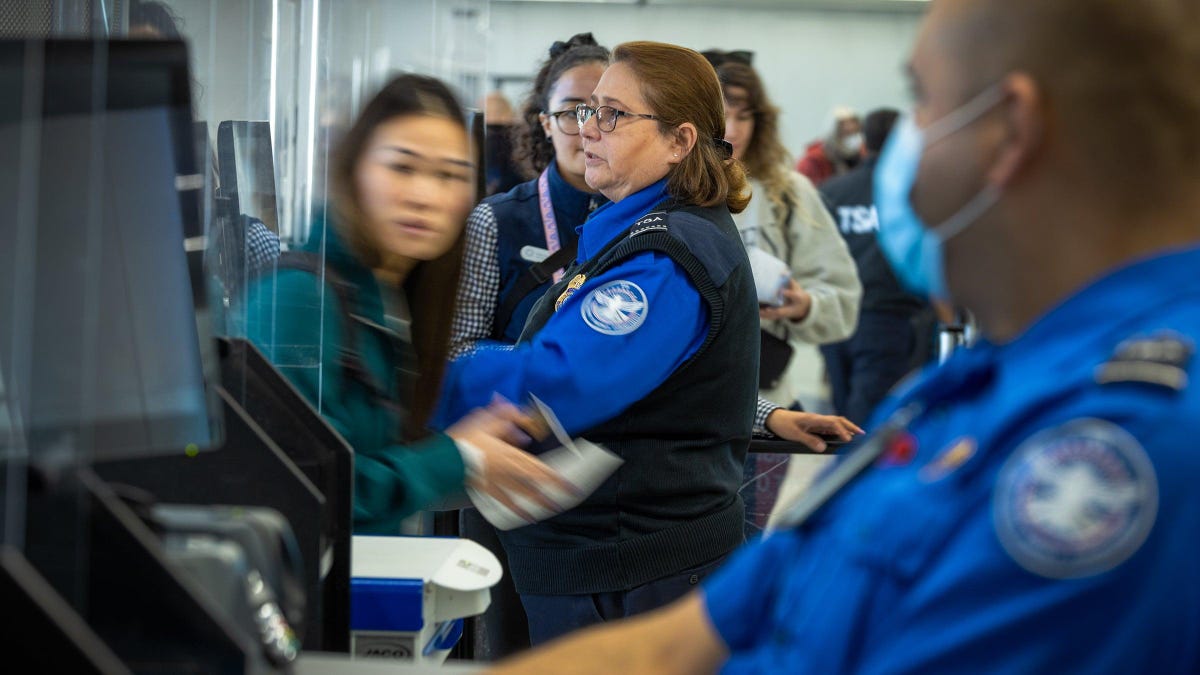
With airlines expecting this to be the busiest summer travel season ever, millions of passengers will likely experience the Transportation Security Administration’s facial recognition technology for the first time. Flyers could also be unaware that they can opt out of having their photo taken by a security officer. The TSA is aiming to roll out cameras in over 430 airports for identity verification purposes at checkpoints.
The opt-out is fairly simple at face value for passengers on domestic flights. Passengers just have to tell the agent they are opting out and want standard verification while handing over their identification. However, it’s difficult to expect any TSA officer to take any form of resistance lightly. The Algorithmic Justice League, a nonprofit shining a light on the social implications and harms of artificial intelligence, recently launched a campaign to make the public more aware of the opt-out. Vox spoke with the organization’s founder Joy Buolamwini about the TSA’s use of facial recognition technology:
Buolamwini argued that airport face recognition is a way of acclimating the public to having more and more sensitive information taken. “I see this on a longer trajectory,” she said. “And they’ve shown you the trajectory.”
She was referring to a roadmap released in 2018 by the TSA. It distinguishes between two types of facial recognition: There’s one-to-one matching, where the TSA compares the photo in your passport with the photo they take of you at the airport, to make sure that the photos match. (If you ever use your face to unlock your iPhone, this is the kind of facial recognition you’re using.)
Buolamwini pointed out that one-to-one matching could be the start of a slide to one-to-many matching, where your photo to compared against an entire database. Live biometrics is the most dystopic form of one-to-many matching where people captured on surveillance cameras could be checked against a database in real-time. Any notice of privacy from the government would evaporate completely.
This slippery slope sentiment is also held by 14 senators who signed a letter in May calling for restrictions by place on the TSA. The legislators claimed the TSA would lead society to a point where facial recognition surveillance is commonplace in all public places. The senators also claimed there was no evidence proving the technology made the public safer.

